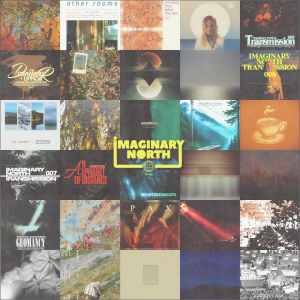For 16g has sharp corners, razor-thin edges and taut wires that require some soft undergrowth. It spends much of its time slicing through the air at a relatively high frequency, though Kojima exercises keen restraint.
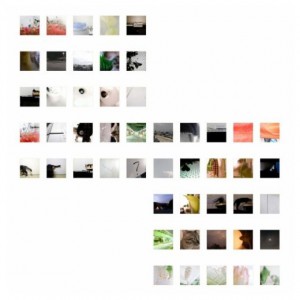
 Tatsuro Kojima has been preparing his debut album for over two years, during which time he has also been busy designing websites and mobile apps. The digital world is thus his natural biotope, one which he wisely aerates with the warm tones of piano, chimes and the silky voice of Aya Fukaya (though on “Out Noise,” he picks it apart with surgical unsentimentality).
Tatsuro Kojima has been preparing his debut album for over two years, during which time he has also been busy designing websites and mobile apps. The digital world is thus his natural biotope, one which he wisely aerates with the warm tones of piano, chimes and the silky voice of Aya Fukaya (though on “Out Noise,” he picks it apart with surgical unsentimentality).
For 16g has sharp corners, razor-thin edges and taut wires that require some soft undergrowth. It spends much of its time slicing through the air at a relatively high frequency, though Kojima exercises keen restraint. On “Hidden,” he makes a jungle full of exotic birds twirp and squawk. He drapes curtains of static over the looping chime of ”0504.” And he ties firefly knots in the air on ”Room.” A toy piano solos on “0808,” the most straightforward and emotionally appealing track, which I believe is derived from one of the apps he created.
It may sound cliché but whole album seems cognate to the Japanese paper arts (underscored by the fact that each of the fifty, limited-edition compact discs comes with a personalized cover)—the rustle of rice paper, folding of origami, the brush of the calligrapher on mulberry paper.
The overall effect might have benefited by editing down the hour-long playing time because eventually, all the high tones begin to tickle the ear a little unpleasantly. But the best pieces are intriguing insights into a post-glitch aesthetic.






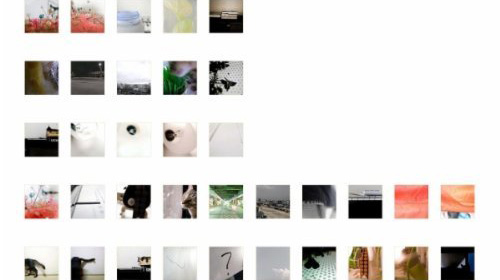





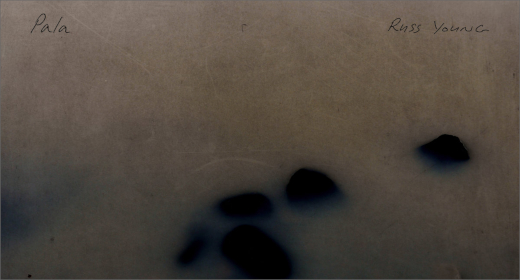


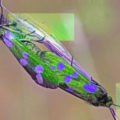








![Romanowitch :: A critical season substitute (glitch.cool) — [concise]](https://igloomag.com/wp/wp-content/uploads/2025/03/romanowitch-a-critical-season-substitute_tape_feat-75x75.jpg)

